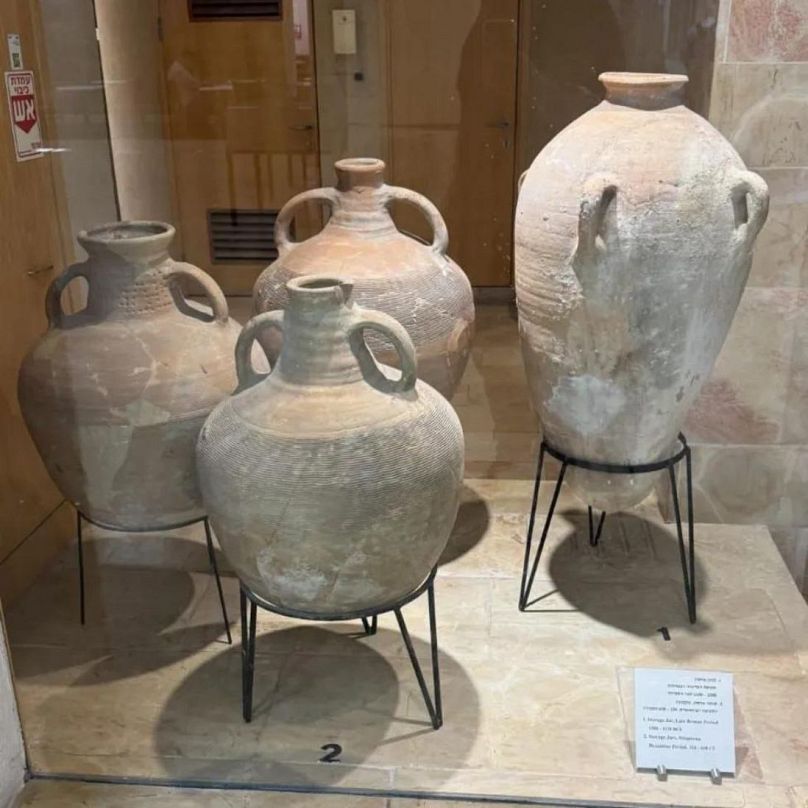In response to the accident, the museum has invited the family back for a guided tour to "sweeten" their mortifying experience.
A precious 3,500-year-old jar was accidentally shattered by a four-year-old boy during a visit to the Hecht Museum in northern Israel.
The jar, dating back to the Bronze Age between 2200 and 1500 BC, had been displayed near the museum entrance without protective glass.
According to the BBC, the boy's father said his son “pulled the jar slightly” because he was “curious about what was inside”, causing it to fall and smash. The boy immediately burst into tears and his father informed museum staff about the incident.
The Hecht Museum has since invited the boy and his family back for a guided tour, in an effort to “sweeten” their previous experience at the museum, its director, Inbal Rivlin, said in a statement.
Jarring effects
“There are instances where display items are intentionally damaged, and such cases are treated with great severity, including involving the police. In this case, however, this was not the situation. The jar was accidentally damaged by a young child visiting the museum, and the response will be accordingly," Rivlin explained.
The museum has recently started working with a conservation specialist to repair the jar, which predates the era of King David and Solomon. It would have likely been used for the storage and transport of local goods, like wine and olive oil.
According to the museum's director, they will continue to display certain artefacts with no glass protection: “The museum believes that there is a special charm in experiencing an archaeological find without any obstructions. And despite the rare incident with the jar, the Hecht Museum will continue this tradition.”












